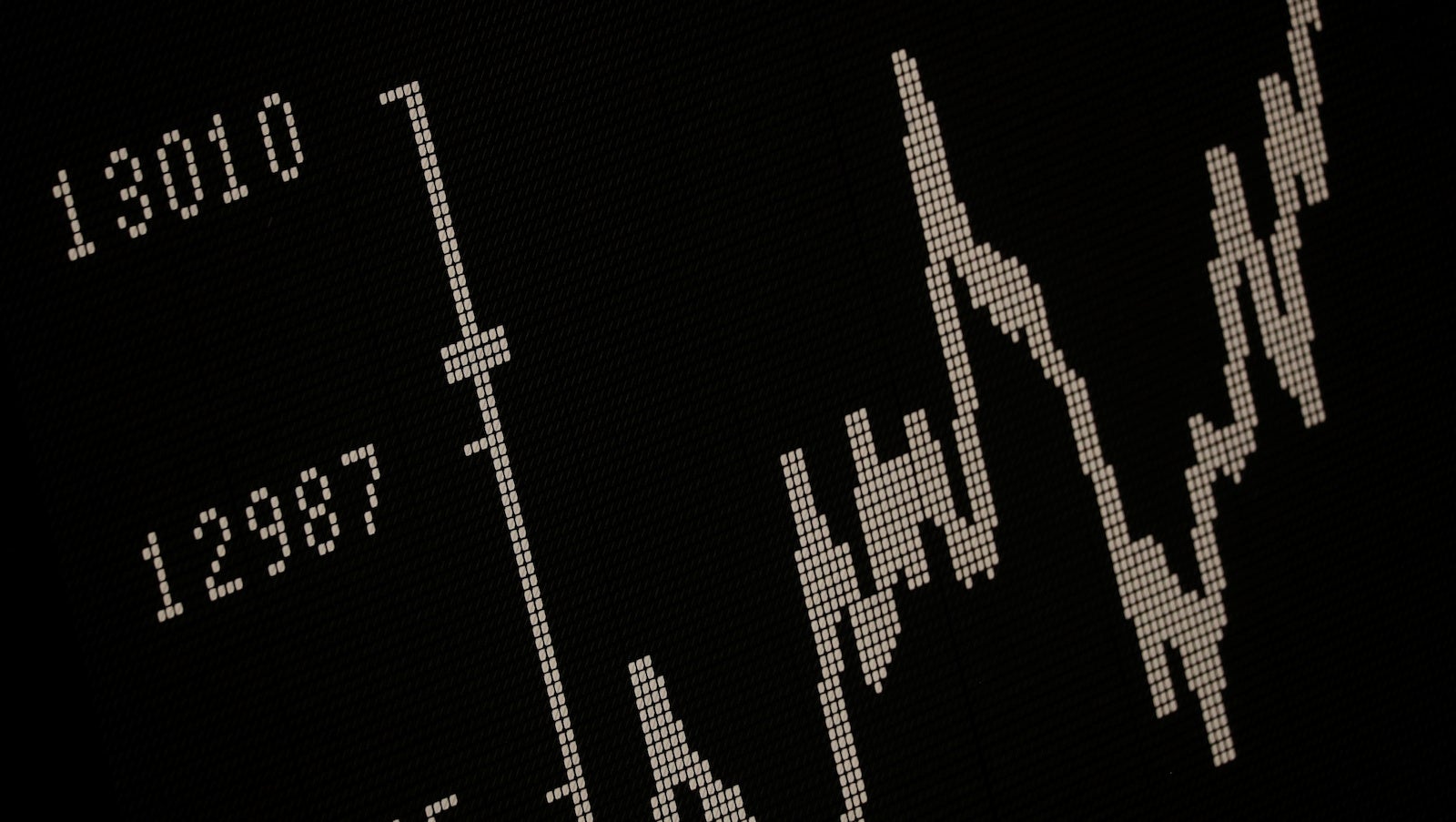The Swiss central bank’s $90 billion stocks portfolio is insane
Since the financial crisis of 2008, central banks around the world have printed money and purchased assets as an aggressive way to stimulate the economy. But none more so than the Swiss National Bank (SNB).


Since the financial crisis of 2008, central banks around the world have printed money and purchased assets as an aggressive way to stimulate the economy. But none more so than the Swiss National Bank (SNB).
The SNB has $836 billion of assets on its balance sheet. This isn’t huge as far as central banks go. The Federal Reserve, the European Central Bank (ECB), and the Bank of Japan (BOJ) all have five to six times that amount on theirs; the Fed alone has assets of $4.5 trillion (pdf). But the SNB’s balance sheet is striking compared to the size of the Swiss economy. The totality of the assets held by the Fed, the ECB, and the BOJ’s work out to 23%, 40%, and 90% of their countries’ annual GDP, respectively; the SNB’s assets are a full 127% of the Swiss GDP.
That means that the SNB has invested a quarter more than its entire economy produces in a year.
How the SNB has invested this money is even more striking. In an attempt to devalue the Swiss franc in 2015, the SNB invested 94% of its balance sheet outside of Switzerland. But it hasn’t just invested in normal central-bank investments like safe state-backed securities. The Fed, for example, has 55% in US government bonds and 40% in mortgage-backed securities backed by government-sponsored enterprises.
But the SNB has invested almost 20% in equities, and more than half of that in US equities. The SNB has an $88 billion portfolio of US equities, which equals about 0.3% of the US stock market.
The SNB is the 35th largest investor, on average, across its top 50 holdings. In most securities, the only firms with larger investments are big asset managers like Blackrock and Vanguard, which hold investments for many individuals and institutions. That means that the SNB is the largest individual fund, bigger than any hedge fund.
The SNB holds more than $1 billion worth of seven companies: Apple, Alphabet (which owns Google), Microsoft, Facebook, Amazon, Johnson & Johnson, and Exxon. Its $3 billion position in Apple equals an ownership of 0.35% of the the company, larger than that held by Franklin Resources and Charles Schwab. That position is worth over $350 per person in Switzerland, enough to buy everyone in the country an Apple Watch.
Data: SEC filings, Sentieo
So far, its strategy has paid off. Unusually for a central bank, the SNB has private shareholders, so it must report earnings like a regular company. And last year was very good—it made a huge profit of more than $20 billion in 2016. But all central banks have assets well above normal; both the Fed and the ECB have announced that they will be reducing assets in 2018 (paywall).
What if the SNB does the same? How would such a large investor exiting the market affect the prices of the stocks it owns? We may soon find out.